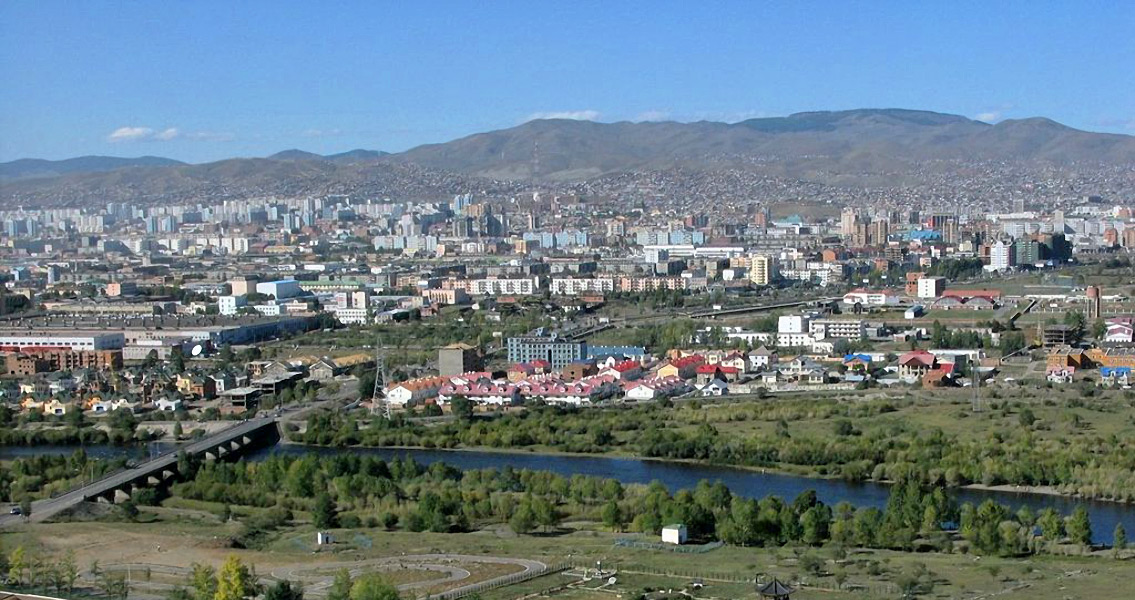<![CDATA[An amazingly well-preserved 200-year-old monk has been discovered. The startling find was made in the Songinokhairkhan province, central Mongolia, near the city of Ulaanbaatar. It is thought the monk had been sat in the lotus position since he died, possibly while meditating, around 200 years ago. Current reports are somewhat unclear, as it is not known precisely where the monk was found, Mongolia's Morning Times has noted. At present, it is only clear that he was discovered beneath an animal skin. It has not been specified whether it was the skin of a cow, horse, or camel. Researchers have only been able to carry out very basic visual examinations. From photos, the monk appears like a living person. His hair is clearly visible against his skin, as is his moustache. The only signs of the monk being deceased is that he is slightly slumped to one side and his skin has a greyish hue. From the image, it appears that the monk departed this life during meditation. The term meditation can refer to a broad variety of practices. Meditation techniques are variously designed to promote relaxation, build internal energy and life force, or develop compassion. One particularly aspirational form of meditation attempts to sustain a single-pointed concentration, enabling the practitioner to enjoy an impermeable sense of well-being. It is possible that the monk entered such a state, knowing that he was soon to pass away. This is not the first time that a deceased monk has been discovered in the lotus position. It was reported that the famous Tibetan Buddhist Lama Dashi-Dorzho Itigilov had died while meditating in 1927. He was then buried in the lotus posture he passed away in, his remains placed in a pine box. Itigilov was later exhumed in 1955, and again in 1973, and astonished onlooking monks found that his body was in a near-perfect condition and still in the lotus position. The monks were reluctant to divulge their finding to the anti-religious authorities of Communist Russia, as Itigilov was the Pandido Khambo Lama (head of Russian Buddhists), and so they re-interred the body. Itigilov remained in situ until 2002, when he was once again exhumed and examined. Scientists claimed that he displayed the characteristics of someone who had died only 36 hours before, rather than 75 years. Initial speculation is that the mummy found in Mongolia could have been a teacher of Itigilov, although this is largely conjecture at this point. The monk's good state of preservation is remarkable, especially if he is indeed as old as initial reports have suggested. It is hoped that further research will be able to answer just who the monk was, and how he came to be so well preserved. A team from the Ulaanbaatar National Centre of Forensic Expertise are currently conducting further analysis on the remains. It is hoped that these examinations will reveal more information about the monk. Image courtesy of Wikimedia commons user: de:Benutzer:Aineias]]>
Mummified Monk Found in Lotus Position
